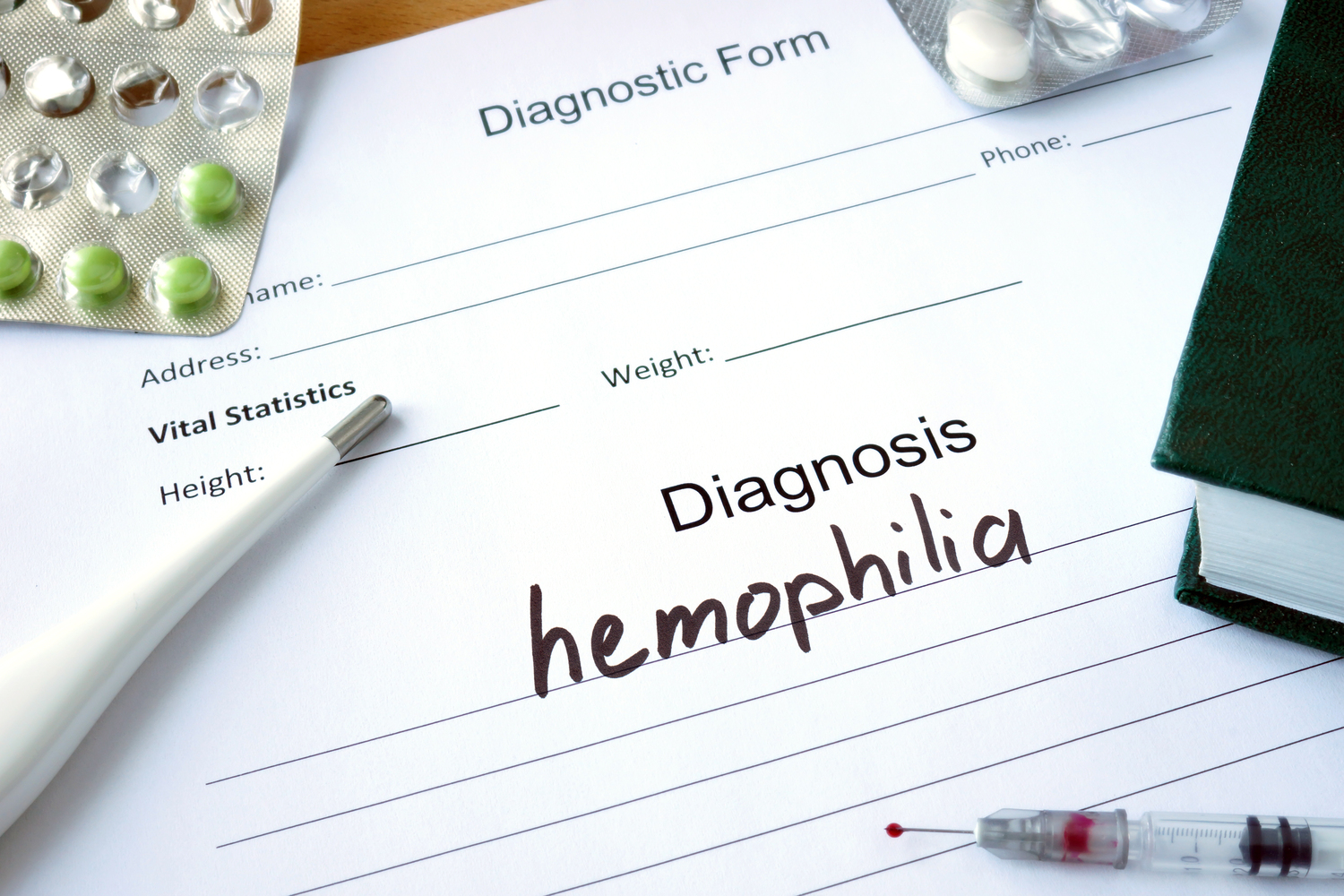
Everything to Know About Hemophilia
Blood is a vital part of the human body. Every component of the blood needs to be functioning properly for a person to lead a normal healthy life. A rare but serious condition where the blood doesn’t clot normally is called hemophilia. It is a condition where there is a lack of the proteins that are required for blood clotting.
Hemophilia is an extremely rare disease 1 in about 10,000 people are born with this condition. Hemophilia is a genetically inherited disorder.
1. Symptoms of Hemophilia
The signs and symptoms vary based on the level of clotting factor. If there is a slight decrease in the clotting factor you may bleed only after trauma or surgery. However, if there is a severe deficiency, you may experience excessive bleeding from cuts, injuries, after dental work or surgery. There may be pain or swelling in the joints and deep bruises. Nosebleeds and blood in the urine or stool are common for this condition.
2. Types of Hemophilia
- Hemophilia Type A
It is a condition where there is a defective or missing Factor VIII protein.
- Hemophilia Type B
It is a condition where there is a defective or missing Factor IX protein.
- Hemophilia Type C
It is a condition where there is a defective or missing Factor XI protein.
While hemophilia is a genetic condition, there are cases where Type A and B are caused due to mutations. Hemophilia Type C can be passed on from the parent to the infant only when both parents have the condition.
3. Causes of Hemophilia
Hemophilia is a condition that a person is born with. Normally, blood cells come together to form a clot when there is bleeding. In hemophilia, there is a deficit in the clotting factor in the blood. However, clotting is essential to stop bleeding.
About 30% of people with hemophilia have no history of the disorder. In that case, the cause can be a spontaneous mutation in one of the genes that is associated with hemophilia.
4. Hemophilia treatments
There are several types of clotting factors that are affected based on the type of hemophilia. The hemophilia treatments available involve replacing the clotting factor that is missing through a tube that is placed in a vein.
The hemophilia treatments include Desmopressin, antifibrinolytics, fibrin sealants, vaccinations, and physical therapy.
5. Can hemophilia be cured?
While there is no cure for hemophilia, there are hemophilia treatments such as gene therapy that manage the symptoms. In some cases, the patient has even been cured after a liver transplant as the clotting factor is made in the liver.
If the patient undergoes hemophilia treatments and has a healthy lifestyle they can live a long life.
6. When to see a doctor?
If you experience excessive bleeding, you need to immediately consult a doctor. Especially if you have a family history of hemophilia. Even a small injury should not be ignored as it can be fatal. Swollen joints that are painful to bend must not be ignored. A doctor would be able to diagnose and recommend the appropriate hemophilia treatment option.


